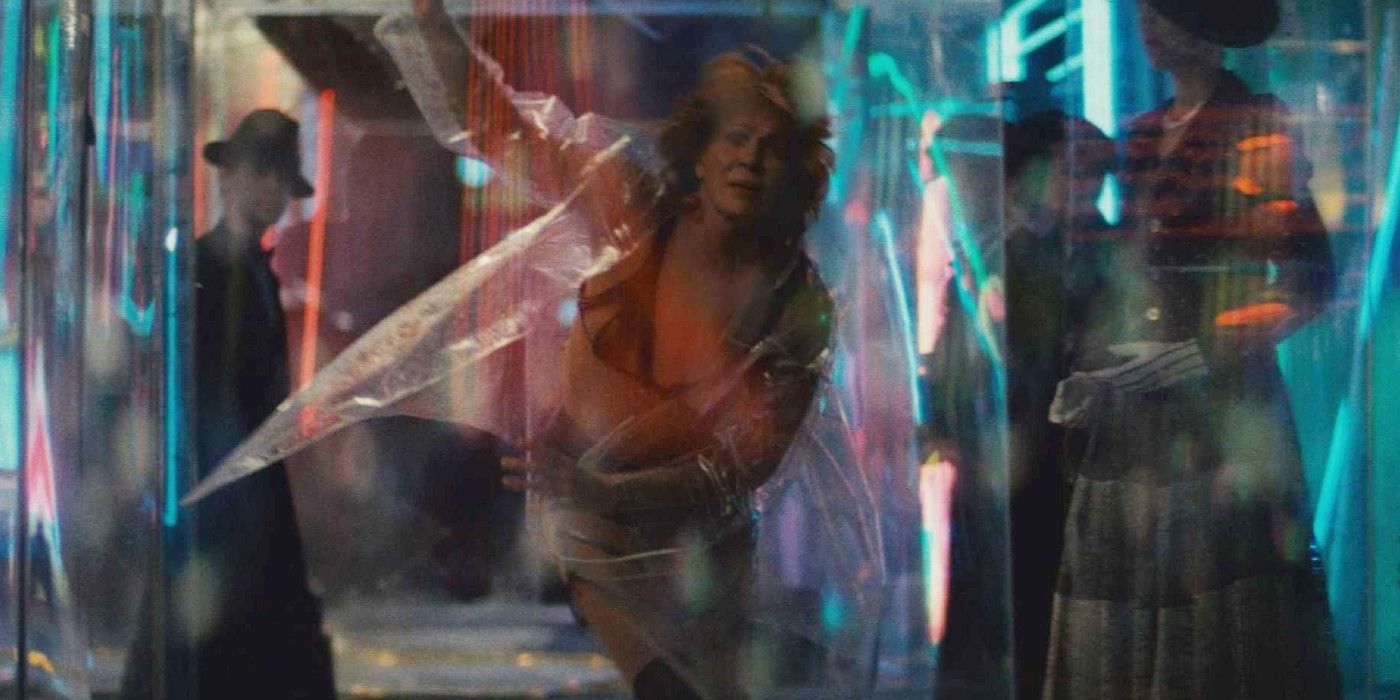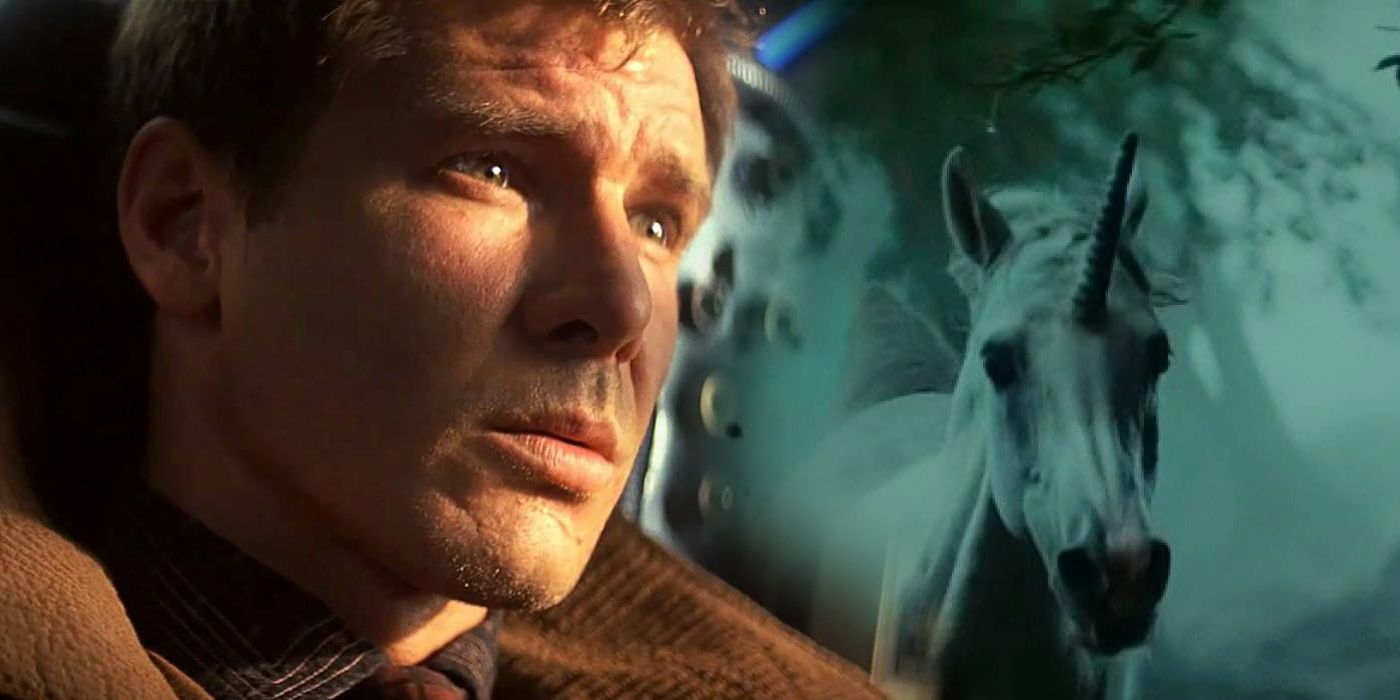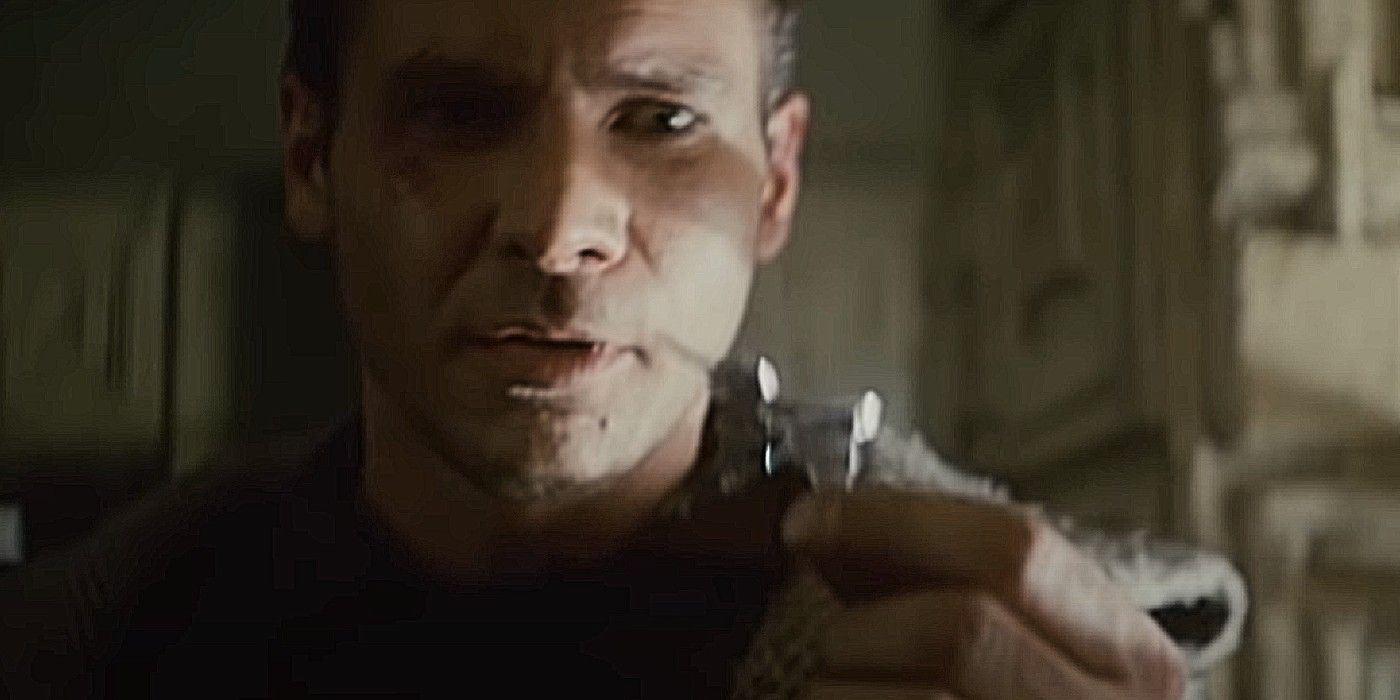Blade Runner
The classical interlingual rendition ofBlade Runneris certainly Ridley Scott ’s Final Cut version , and it has meaning deviation to the original Harrison Ford movie . When it was first released in 1982 , Blade Runner was a sci - fi thriller film with a difference . The flick was thoughtful , philosophic , but also intense and moody , and not necessarily easy to follow . It presents a complex fade of futuristic mystery that draw in element from a kitchen range of genre such as hard - boiled tec taradiddle and sci - fi tropes , ensue in a neo - noir movie like nothing else . Of naturally , studio demands on a film with such a complex story meant that the journey to release was not uncomplicated , leave in a battle with Ridley Scott andmultiple hard - to - excuse cuts of Blade Runner . The Final Cut is the only version over which Scott had complete originative control .
A torture production , Blade Runnerwent through many different edits as it was return between the frustrated manager , Alien ’s Ridley Scott , and a tentative studio . The distributors were worried the film would bomb as consultation might not connect with this adjustment of the cult sci - fi novelDo Androids Dream of Electric Sheep?.Blade Runnerwas challenging and uncompromising in its strange story of Deckard , a possibly robotic fuzz who is place to seek out and demolish replicants , rogue robots who can easily sink for human being .
Related : Why Ridley Scott is Sci - Fi ’s Most Important Director
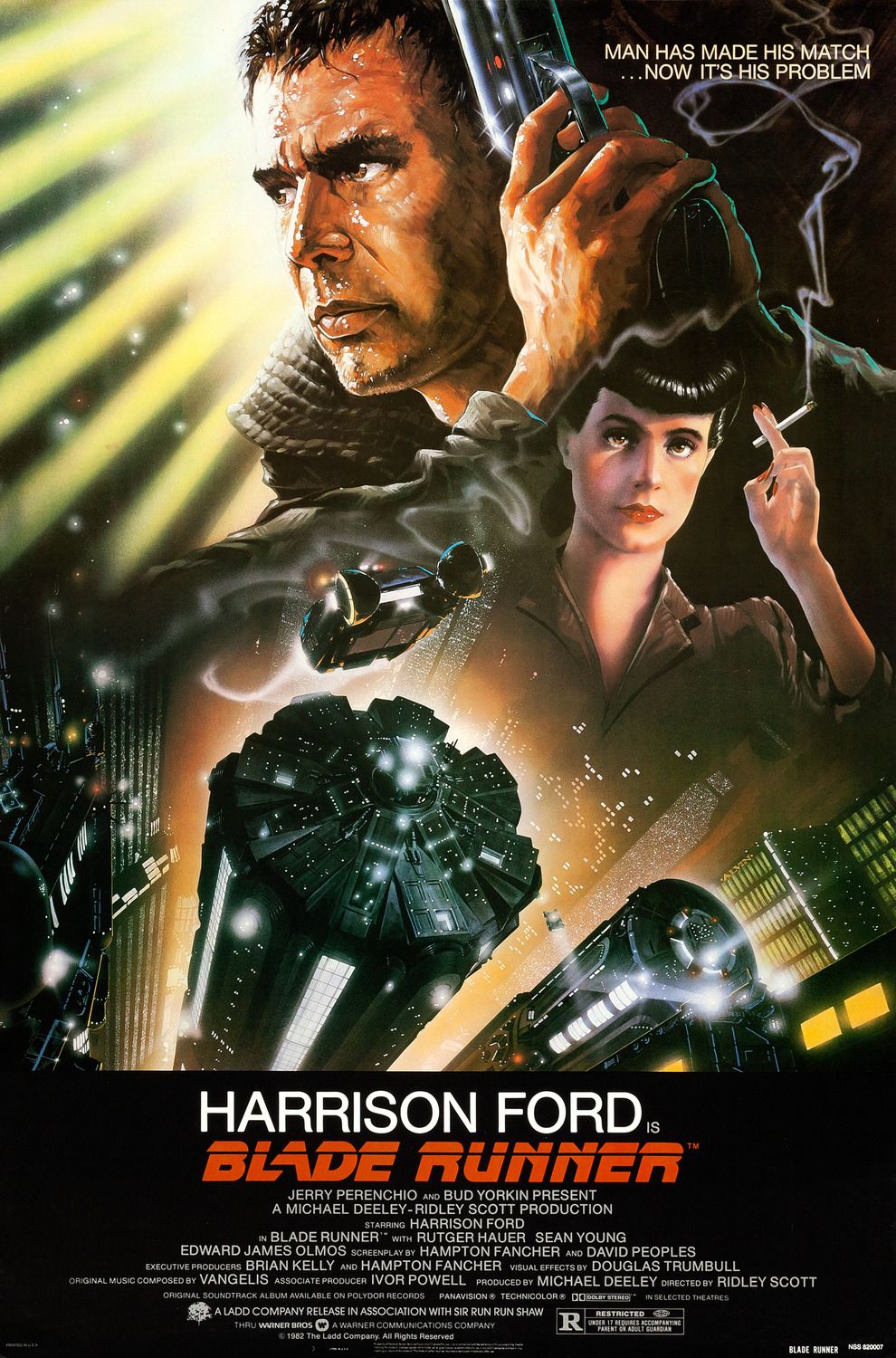
In the year since the Final Cut ’s 2007 release , buff have understandably want to knowwhich is the best version of Blade Runner . It ’s a fair inquiry as each edit of the movie has its ardent defenders . But for Ridley Scott completists , the difference in the Final Cut - which included return to sound and visuals and some digital fixes - are what make it the classical and best version of this Philip K Dick adaptation . So what are these difference of opinion ? Well , chief amongst them is the complete re - addition of its more violent moment and the full restitution of the movie ’s ( in)famous unicorn dream chronological sequence , which was implausibly important alongside the managing director ’s cut ’s remotion of the studio - mandate happy ending .
The Restored Violence (And Why It Matters)
Now conductor Ridley Scott was no stranger to the grim specter of some gory sci - fi violence . After all , his most late discharge at the metre of this film ’s production was an iconic 1979 sci - fi horrorAlien , leading the theater director to includea fun Alien easter ballock in Blade Runner . But the studio was concerned by the violent mental object inBlade Runner ’s theatrical cut . Thus they opted to cut out a lot of newspaper clipping and slicing . This include a re - shot death scene for Zhora that gives her dying more dignity and put back the stunt performing artist ’s face with that of Lee Pulford , but also some more notorious gore . The panorama in which Tyrell is vote out at the hands of Roy once again includes his optic being force out out , which the director ’s cut leave out .
This Final Cut version of the picture incorporates more grisly shot of Batty giving himself blinking stigmata , steeped in spiritual symbolism that emphasizes his god complex . This chronological sequence also contrasts Batty ’s tragic villain status with Deckard ’s alinement with Judas , which is a possibility for the film to cue viewers that the champion of the motion-picture show could be a replicant himself , kill his fellow replicants . This Christian symbolism is much firm with this restored violence in the movie . But another ingredient of the Blade Runner Final Cut – the increase of the full unicorn dream sequence combine with this and the removal of the dire original theatrical close that help to more thrillingly make sense of the film ’s plot .
Blade Runner: The Final Cut’s Full Unicorn Dream Sequence Explained
In any edition , Blade Runner is a potentially confusing cinema . It ’s a trippy and complicated story , and even the film ’s belated subsequence from sci - fi visionary Denis Villeneuve was no less challenging for uninitiate hearing . Like the 1982 originalBlade Runner 2049 needed its ending explainedand had trouble connecting with audiences at the box office . But at least Blade Runner 2049 did n’t have a vital spell of the mystifier cut out by over - zealous editors . The unicorn dream sequence takes place when Ford ’s contravene anti - hero accrue asleep at a pianissimo and dreams of a unicorn running barren in the woods . This is an picture which most rede as an significance that Deckard is , unbeknown to himself , actually a replicant who dreams of freedom from his enforced servitude . The scene is included concisely in the Director ’s Cut , but in the Final Cut it has room to rest and its meaning becomes cleared .
tie in : Every Ridley Scott Movie rank From Worst to Best
Why The Final Cut’s Changes Matter To Blade Runner
It ’s been so long since Scott ’s film first arrived in theatres in its shortened physical body thatBlade Runner is no longer set in the future . In the decades since the movie was resign , it ’s fair to say that audience at large appear to have become more open to candid - concluded endings . For evidence of this phenomenon just look at how many modern picture show end on an ambiguous greenback , then compare this toBlade Runner ’s original audience - O.K. ending . In this much - traduce rendering , Deckard and the lone surviving replicant ride off into the sunset over footage recycle fromThe Shining . Crucially , the witness learns nothing about whether Deckard is a replicant or anything else .
or else , all the hearing obtain out is that test audiences ca n’t be intrust . One vital difference in the Final Cut from the original film is the removal of this unnecessary and tonally disastrous happy finish , a decision that both Ridley Scott and star Harrison Ford approved . There are somany different versions ofBlade Runnerthat some super - fans have even ranked the many versions , but one thing the music director ’s cutting , workprint , and Final Cut all concord on is that this surreal ending does n’t work . Thus , in the director ’s cut of 1992 and also the Final Cut , the bizarre sunny drive out of LA and into the raft is removed . It ’s replaced by a more ambiguous and acute denouement as Deckard gazes at an origami unicorn . Then , since this callback do sense in the Final Cut where the full unicorn dream is given more focus , this on the face of it triggers his realization that he ’s a replicant .
Okay , so that revelation is n’t explicitly stated , even in the Final Cut . And yes , plenty of sci - fi fans will still argue that Deckard is n’t a replicant . But fans are bond to argue a set of different theories about such a complex movie , which is why the Final Cut ’s equivocalness is so lively . In fact , the enfranchisement ’s fandom is still arguing overwhich movie is better , Blade Runner or Blade Runner 2049 . But there ’s no denying that with its ending restored and the full unicorn dream included , the Final Cut ofBlade Runneris the most complete and well - substantiate iteration of Ridley Scott ’s peculiar sci - fi vision . Some viewers may well still incur this influential sci - fi classic too heavy and complex for their taste , but the restoration of its thoroughgoing story in the Final Cut remains a full of life moment in movie theater history .
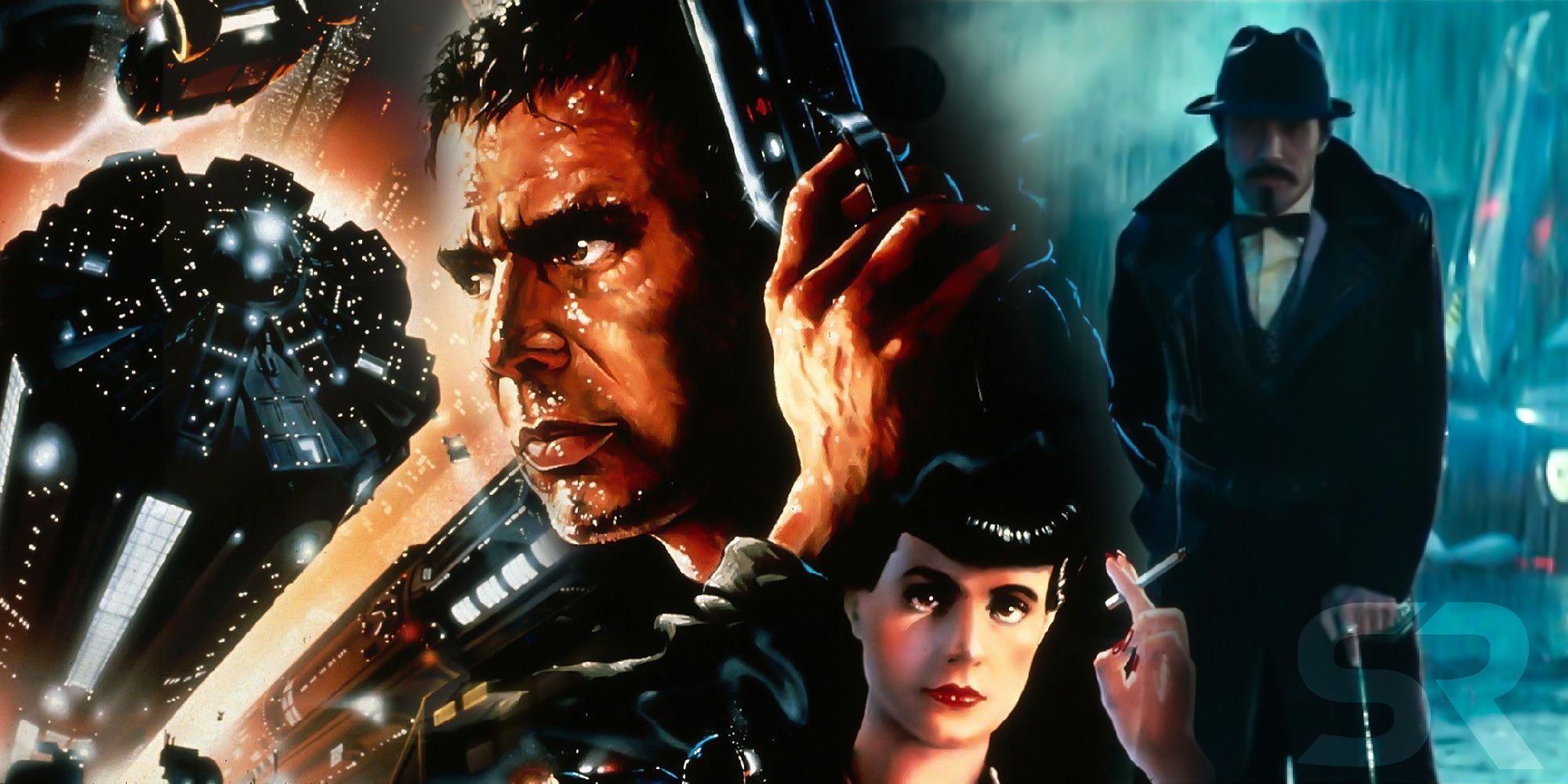
More : Alien Shares A Universe With Blade Runner
